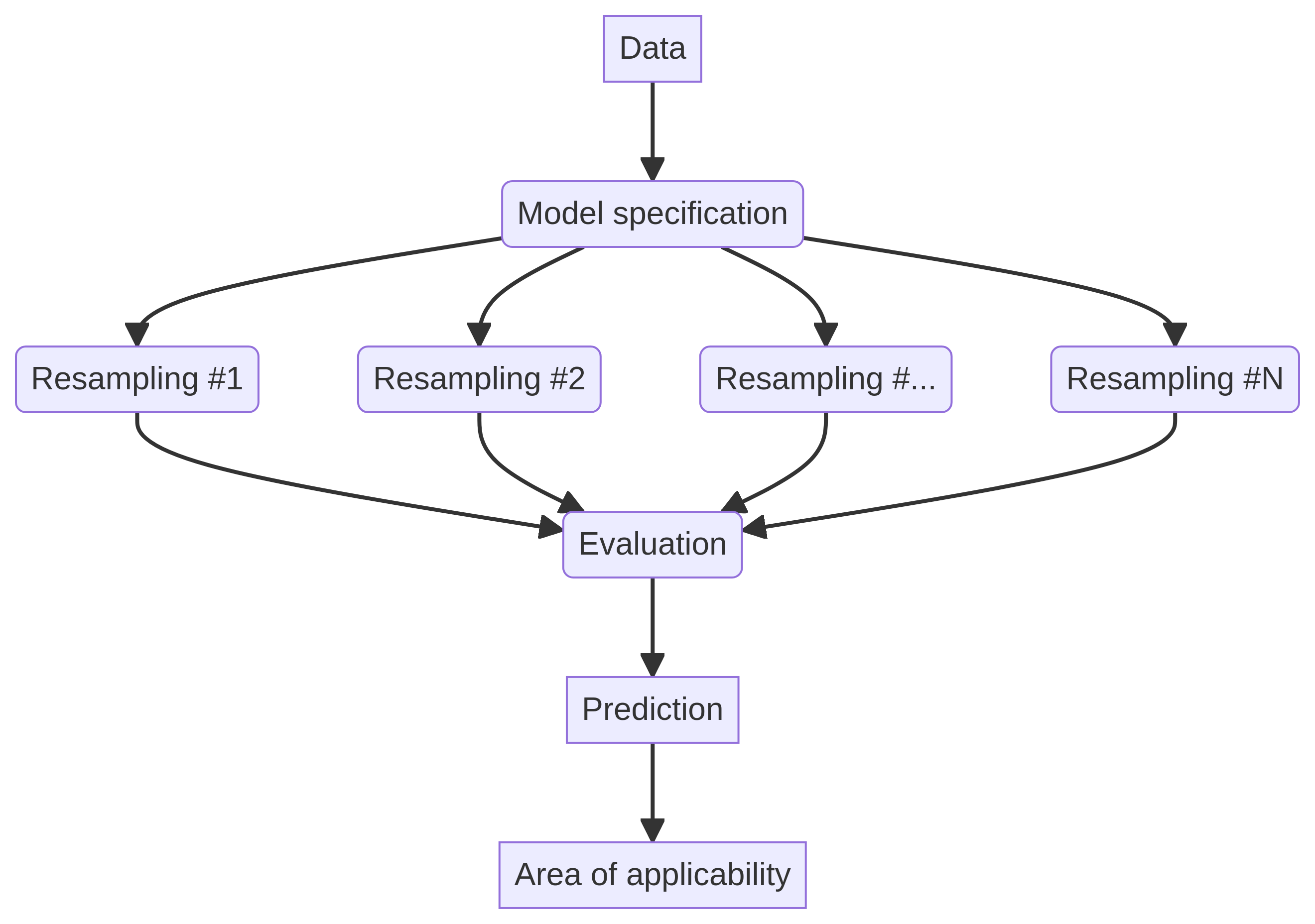Why Human Wounds Heal Slower Than Those of Our Primate Relatives

Human wounds take an astonishingly long time to heal when compared to those of other mammals, particularly our closest evolutionary relatives like chimpanzees. Recent research indicates that healing in humans can take almost three times longer than in other primates, such as chimpanzees, velvet monkeys, Sykes monkeys, and olive baboons. This intriguing difference raises questions about the evolutionary adaptations that led to such a disparity, with scientists suggesting that our reduced body hair could play a significant role.
In a study spearheaded by Akiko Matsumoto-Oda from the University of the Ryukyus in Japan, researchers sought to understand the mechanisms behind this prolonged healing process. To conduct their investigation, they anesthetized at least five individuals from each of the selected primate species and shaved a small patch of their fur. They then created a circular wound measuring 40 millimeters in diameter and treated it with antibiotic ointment to prevent infection, subsequently covering it with gauze.
Over the course of the study, the researchers meticulously photographed and measured the progress of the wounds every few days. Their findings revealed that the wounds in non-human primates healed at a rate of approximately 0.61 millimeters per day. In stark contrast, when the researchers examined 24 human patients who had undergone skin tumor removal at the same university hospital, they discovered that the wounds healed at a significantly slower pace, averaging just 0.25 millimeters per day.
This marked difference in healing rates raises further questions about the evolutionary implications behind human biology. In addition to primate studies, the researchers also investigated healing rates in mice and rats, discovering that these rodents exhibited similar healing speeds as the non-human primates. This leads to the hypothesis that there exists an evolutionarily optimal healing rate for most mammals, which appears to exclude humans, according to Matsumoto-Oda.
Most importantly, we found that chimpanzees exhibited the same wound-healing rate as other non-human primates, which implies that the slowed wound-healing seen in humans likely evolved after the divergence from our common ancestor with chimpanzees, Matsumoto-Oda explains. The underlying reasons for this evolutionary change remain unclear, but it is speculated that it could be linked to how early humans adapted to hot climates.
Matsumoto-Oda posits, The slower wound healing rate in humans may be linked to evolutionary changes, such as the reduction in body hair. She notes that a higher density of hair could contribute to an increased number of stem cells, which are crucial for faster healing processes. Moreover, she suggests that the social structures of early human communitiescharacterized by practices such as food sharing, nursing, and medicinal caremay have mitigated some of the disadvantages posed by slower healing rates.
Overall, this research opens up new avenues for understanding the intricacies of human healing and the evolutionary pathways that have shaped our biology over millennia.















